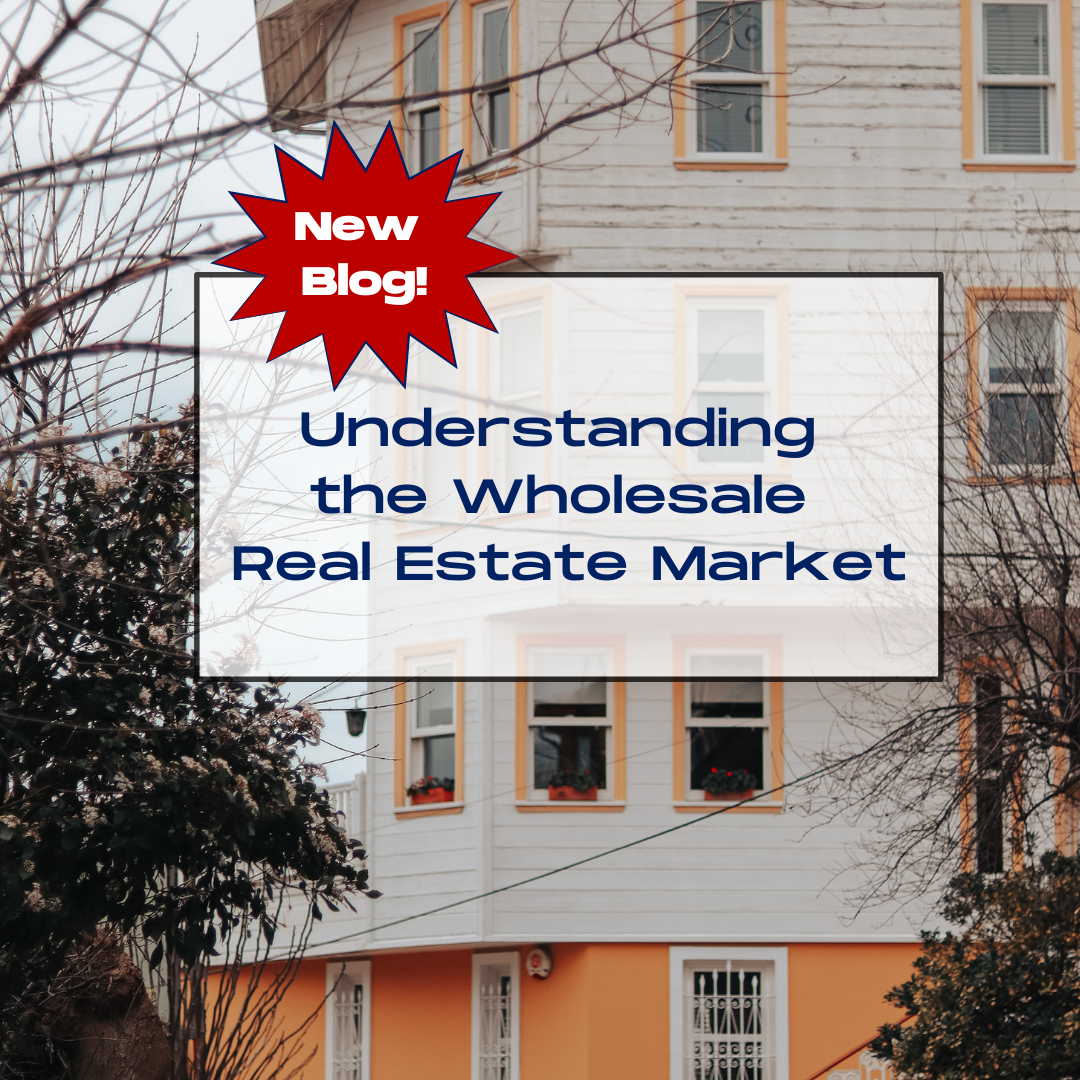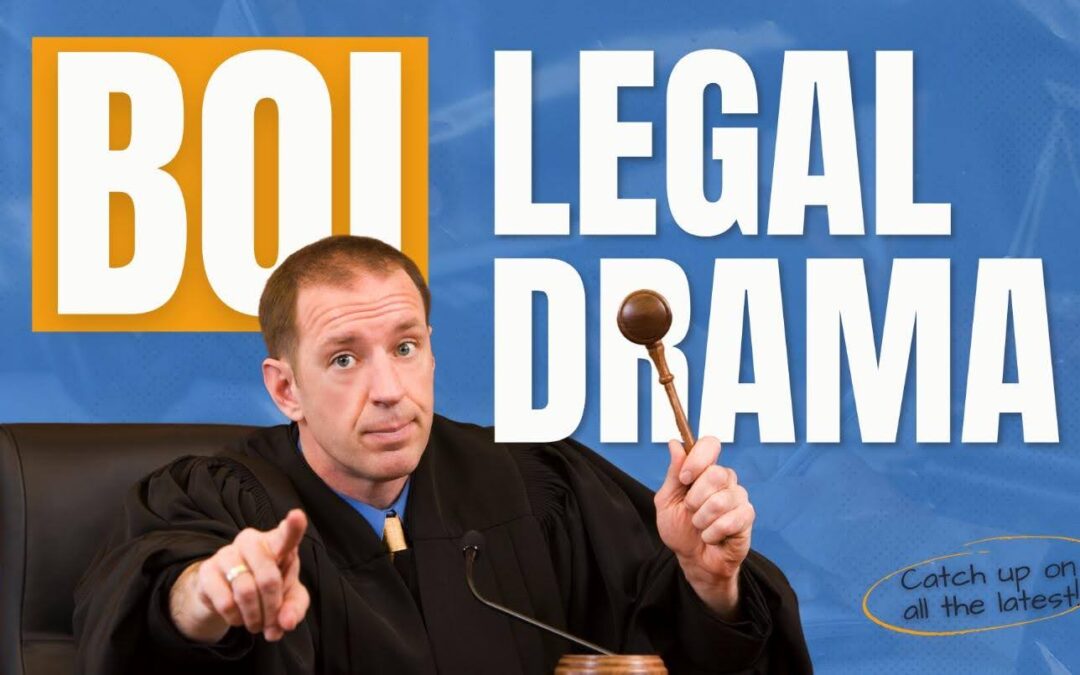
Real Estate Wholesaling is a process that involves three different individuals or groups – the seller of a property, the wholesaler, and the end buyer. The wholesaler does not actually purchase the property, but rather, acquires a contract from the seller and then later assigns that contract to an end buyer. The contract allows the wholesaler the authority to sell the property on behalf of the original seller. The wholesaler then receives a fee for their services. This fee is usually calculated as a percentage of the overall cost of the property.
What is Wholesaling of Real Estate?
To put it simply, wholesaling real estate is buying a property at lower than market value and selling it to a buyer at a higher price. The wholesaler keeps the difference as profit. The buyer, usually a real estate investor, then takes care of maintenance and repair issues and sells – or rents – the property. Both the wholesaler and the buyer make a profit.
Why would someone wholesale their property?
Wholesale properties are very often “distressed” properties – properties at risk of foreclosure because the owner cannot keep up with the mortgage payments. Other properties with motivated owners who are likely to wholesale include inherited property in disrepair or even a property that, while still in good standing with a lender, is just too much of a strain on a family’s budget but has issues that make it difficult to sell. Although the property owner would be paid less than market value for the property at wholesale, they would be out from under the financial strain and still walk away with cash rather than risking the chance of the property being foreclosed on and walking away with nothing.
The Wholesale Process
The real estate wholesale process involves more than just a property owner selling to a buyer. A wholesaler will arrange a deal with the property owner for less than market value. At the same time, the wholesaler will also work out a deal with an investor who is willing to improve the property then turn around and sell it at a profit. So the wholesaler makes a smaller profit but gets paid quickly, while the investor stands to make a larger profit but has to put more time and money into the process.
1. Finding Motivated Sellers
A successful real estate wholesaler will constantly be looking out for distressed properties and motivated sellers. This step usually requires, among other efforts, consistent research using various online resources. Most wholesalers consistently search various sources including the MLS, Tax Assessor’s office, and multiple online real estate sites. These wholesalers will also be on the watch out for properties “for sale by owner” and will often use signs and direct mail to identify motivated sellers.
2. Assess the Property
During an assessment, the home will be inspected thoroughly to identify necessary repairs and improvements. The neighborhood will also be evaluated, including the recent selling prices of nearby properties.
At this step in the process, a wholesaler will use certain formulas to determine what the property owner should be offered for the property. This will involve determining a starting value and figuring usually 75% of that amount. The wholesaler will also have to determine the cost for necessary repairs and subtract that amount from the 75%. The wholesaler’s fee will also be subtracted. The final sum after all of those subtractions will be the offer submitted to the property owner. This does put the offer below fair market value. But for a motivated seller, this is a quick way to get out from under a financial strain.
3. Get the Property Under Contract
Once the wholesaler and the property owner agree upon a purchase price a contract will be drawn up that will also include an “assignment clause” allowing the wholesaler to transfer the contract to the investor. Once the contract is in place, a wholesaler will offer it to investors.
4. Find A Buyer and Assign Contract Interest to Them
When a buyer is identified, they will usually arrange their own assessment of the property, too. Once an agreement is reached as to the terms for the property, a fair wholesale fee is usually paid to the filing agent. 5. Close on Sale and Collect Your Fee
At the closing on a wholesale property, the investor pays the agreed-upon purchase price to the property owner and the wholesale fee to the wholesaler and takes ownership of the property.
Conclusion
While wholesaling is not the right choice for every frustrated or overwhelmed seller or every real estate agent or investor, it is an option that can benefit all of those individuals. But it requires a thorough knowledge of the process by both wholesaler and investor and honest communication between them and the seller. When handled correctly, all three can benefit.
American Made Home Solutions specializes in the acquisition and rejuvenation of under-performing, multi-family properties, with a strategy of restoring distressed or under-performing properties into revitalized communities. This process can sometimes involve purchasing wholesale properties. If you are a wholesaler or property owner looking to sell a multi-family property, contact us today https://americanmadehomesolutions.com/.





